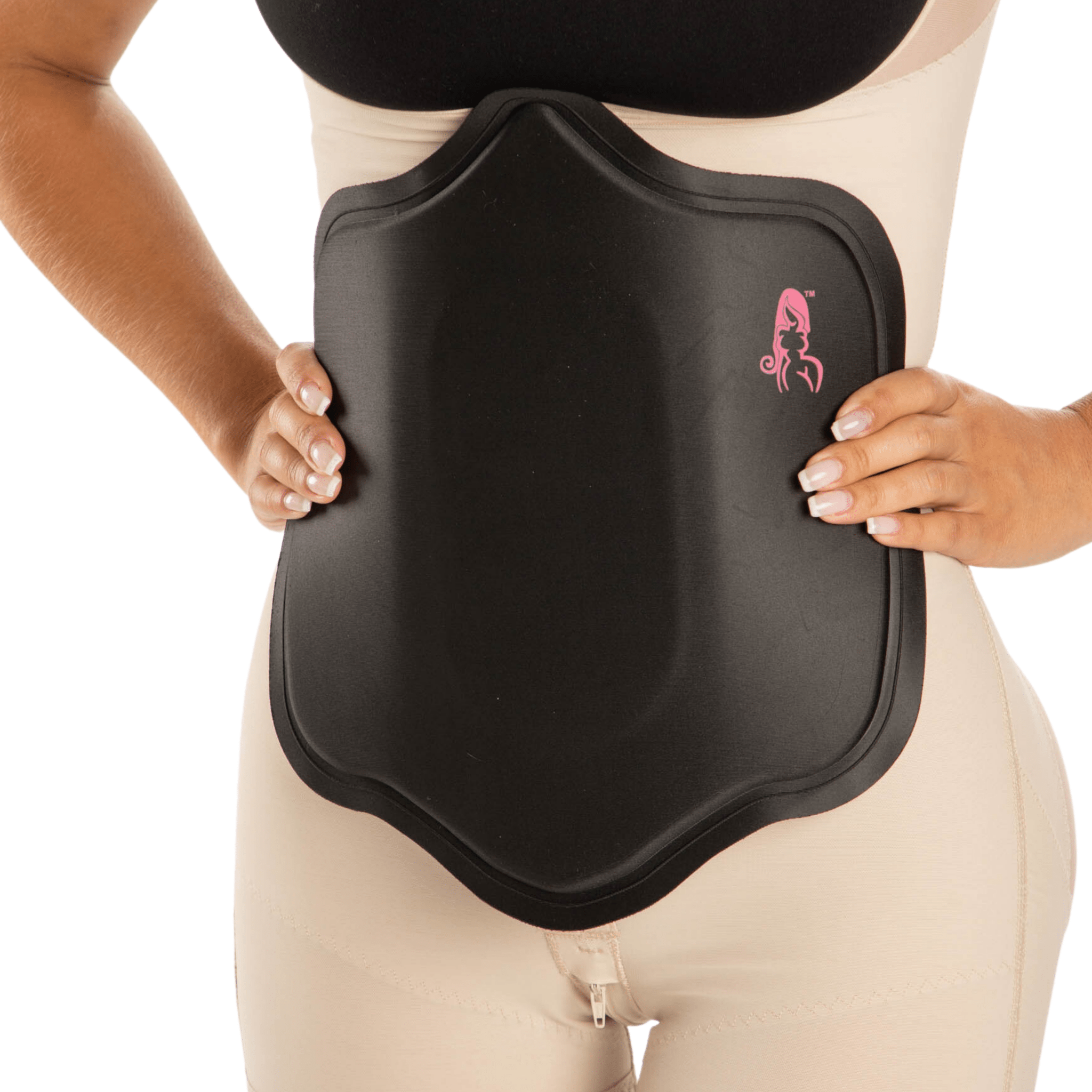After cosmetic surgery, giving your body the support it needs is just as important as the procedure itself. One of the biggest concerns during recovery is managing pressure points. If these areas aren’t cared for, they can lead to discomfort or slow down healing. That’s where the right support comes in. By learning how pressure points work and what actions actually help, you can create a recovery process that’s both smoother and less painful.
Using an abdominal compression board is one of the easiest ways to protect your body after surgery. It offers structure and consistent pressure that helps keep swelling under control and aligns well with your post-op needs. Whether you’re new to using equipment like this or just need a refresher, understanding why it matters and how to use it right can make all the difference in how you feel day to day.
Understanding Pressure Points
Pressure points are spots on your body where pressure builds more easily, especially when you’re sitting or lying down for long periods. These areas become even more sensitive after surgery because your body is already swollen, bruised, and trying to repair itself. If these points are not managed well, pain can build up, and unwanted fluid collections may stick around longer.
Surgical procedures that target the midsection, like liposuction or tummy tucks, can shift the way your body distributes pressure. Your body needs time to adjust, and if it doesn't get the right reinforcement during that time, you may notice added soreness, puffiness, or uneven healing. That’s why it's common for people to feel sharp discomfort in their lower belly or sides after they get out of bed or from sitting too long.
Think about how uncomfortable it feels to sit in the same position for hours without adjusting. Now imagine that while your tissue is healing. That pressure adds up quickly and can cause tenderness if you don’t change positions or use proper support. Knowing where those sensitive areas are and taking steps to protect them helps your recovery go more smoothly.
Benefits Of Using An Abdominal Compression Board
An abdominal compression board helps by spreading pressure around your midsection instead of letting it collect in one spot. This even distribution is especially helpful during the early days after surgery, when swelling and fluid retention are more noticeable. The gentle firmness of the board gives your body a layer of protective support, so the healing tissue can settle evenly.
Some key benefits include:
1. Stabilizes the core by keeping pressure balanced and avoiding stress in one single spot
2. Helps reduce puffiness and fluid buildup in the abdominal area
3. Supports better posture while sitting or standing, which can ease lower back tension
4. Encourages smoother skin texture and shape during the recovery phase
Wearing a board can also discourage sudden movements or slouching, both of which can pull or stretch healing incisions. It acts as a steady support system that helps your body stay aligned and balanced without feeling overly tight. This steady pressure gives your midsection the quiet reinforcement it needs to recover while you get back into your usual routine.
Tips For Proper Use Of An Abdominal Compression Board
Wearing your abdominal compression board the right way can make a big difference in your healing experience. When the board is sitting properly against your body, it helps protect tender areas and gives you more control over swelling. Be patient and consistent with how you use and maintain it.
Start by sliding the board between your post-op garment and your midsection. Make sure it’s centered and flat so there’s no extra pressure on one side. Most boards are shaped to follow the lines of your body, which helps them stay in place and apply a steady layer of support all across your abdomen. Don’t bend it, place it too high or low, or fold it up, as that can change the way it fits and feels.
Here are a few quick tips to help you make the most of your compression board:
- Clean the board cover often, or wipe the board surface clean if it doesn’t have a removable cover
- Follow the directions from your surgeon on how long to wear it each day
- Avoid shifting or sagging by checking the placement before and after any activity
- If something feels too tight or pinches, adjust the board gently instead of forcing more compression
- Check your skin each day for signs of redness, tight marks, or irritation that lingers
As time goes on, using the board should feel like part of your normal post-op routine, like wearing compression socks or a good pair of insoles. As swelling goes down and your healing moves along, you may need to adjust the board’s position or tightness. Instead of removing it for long stretches, try smaller changes that keep your support consistent. This helps give your body steady help as it continues improving.
Additional Comfort Measures
While the abdominal compression board plays a big role in your recovery, there are other simple things you can do to feel better faster. These extra steps won’t replace the board, but they go hand-in-hand with it to give your body a better chance to heal comfortably.
Try to stay a little active each day. Taking short walks or doing gentle movements, if approved by your doctor, can make a difference in how your body feels. Movement helps your blood flow stay healthy and reduces swelling. When you're resting, cushions or wedges can help support your posture and prevent pressure buildup on sensitive areas.
Other helpful habits to build into your day:
- Follow your post-surgery instructions closely, even if you start feeling better sooner than expected
- Rest with your legs a little elevated to ease lower back pressure and reduce fluid buildup
- Sleep on your back with gentle elevation when possible
- Choose soft, loose-fitting clothes that won’t press against your abdomen
- Keep water nearby and eat light, nutritious snacks to support healing from the inside out
Think about these add-ons like putting up extra safety rails while you’re learning to walk again. The compression board might be your main support, but these little routines help you stay on track and feel more in control of your recovery day by day. You want your healing space to feel kind, clean, and easy to move around in.
How Steady Support Makes a Big Difference
You don’t need harsh methods or complex routines to take care of pressure points after surgery. What really helps is giving those spots steady, even attention. An abdominal compression board does exactly that. It softens the load on your belly and spreads pressure in a way that makes healing more manageable.
Paired with smart movement, good rest, and regular cleaning, it forms a helpful pattern that’s easy to keep up. Getting in tune with how your body feels and responding to it with patience and care goes a long way. Over time, little steps like adjusting your board or elevating your legs can add up to a smoother healing track.
When your focus shifts from discomfort to steady progress, recovery starts to feel lighter. Keeping up with tools like the abdominal compression board makes that shift easier. It becomes less about fixing pain and more about letting your body feel supported through every part of the journey. Hang in there—you’ve got what you need to heal with more ease.
Taking your recovery one step at a time is key. With the right support, your path to wellness feels a lot smoother. Discover how an abdominal compression board can play a part in your healing journey. Trust Bombshell Booty Pillow to provide the tools you need to prioritize comfort and effective recovery.

